
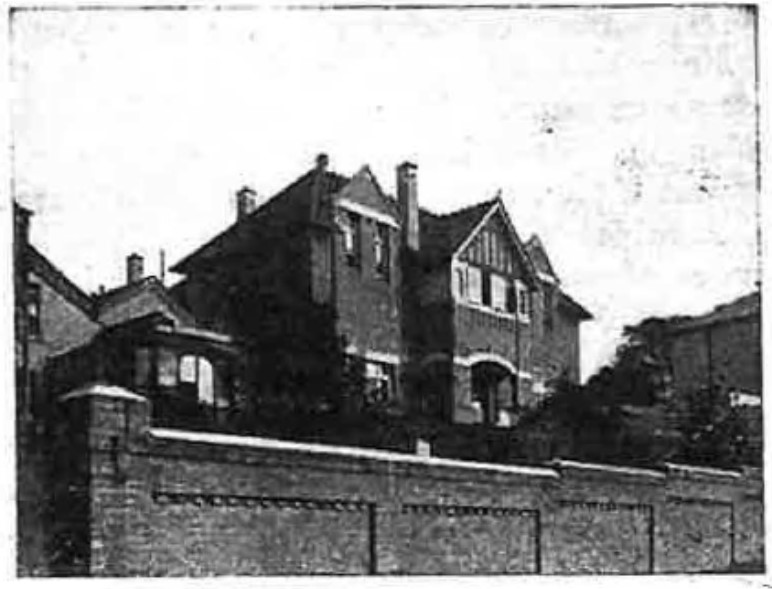
This is a photo showing the Church of England Training Home for Girls, also known as Tress-Manning Home, at Glebe. It shows a large two-storey brick building looking out over gardens behind a brick fence. Two other large buildings can be partially seen on either side of Tress-Manning. These are Avona (on the left) which…
Northern Territory Administration – Welfare Branch – interstate visits 1961-1966 [reference copy] is a file held by National Archives of Australia. It is located at the Darwin office. The records relate to the Part Aboriginal Education Scheme, an initiative of the Northern Territory Welfare Branch. After the passage of the 1953 Welfare Ordinance the Director of…
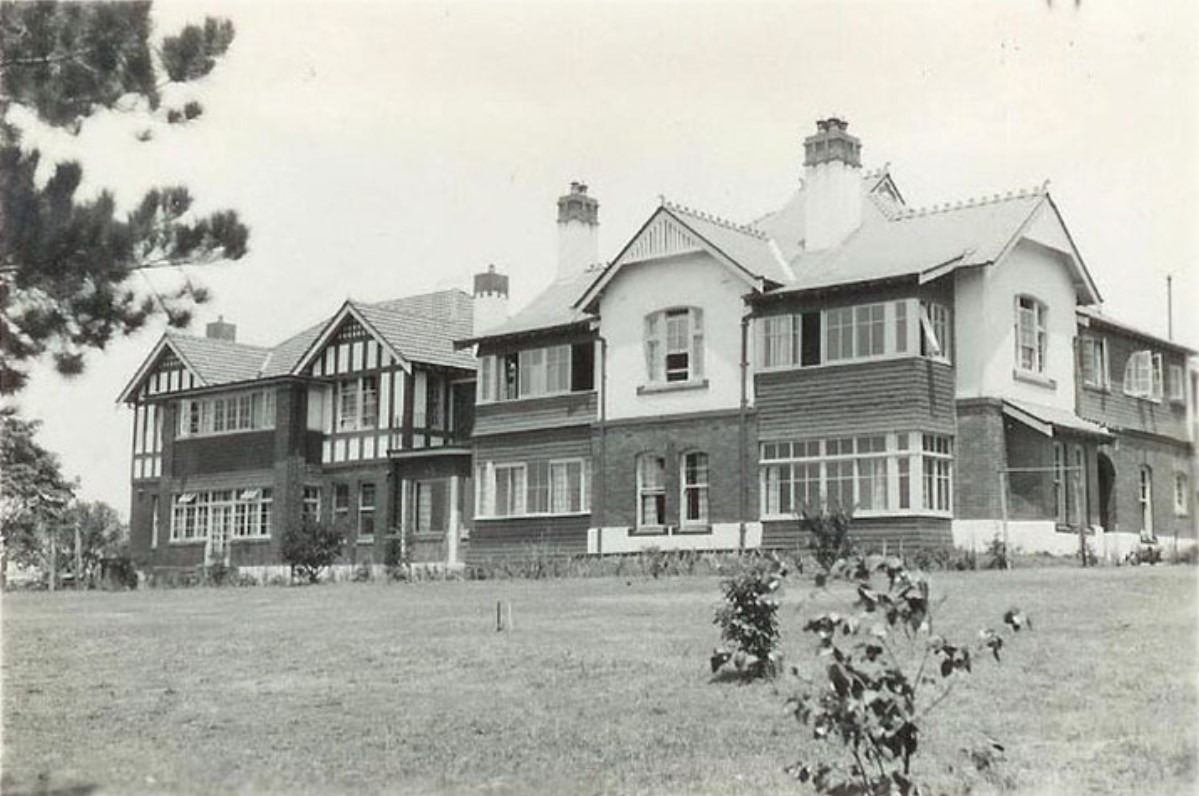
This is a photo of the Havilah Little Children’s Home site at Normanhurst. It shows two large houses sitting next to each other, surrounded by lawns. This photo is undated – the dates included are an estimate.
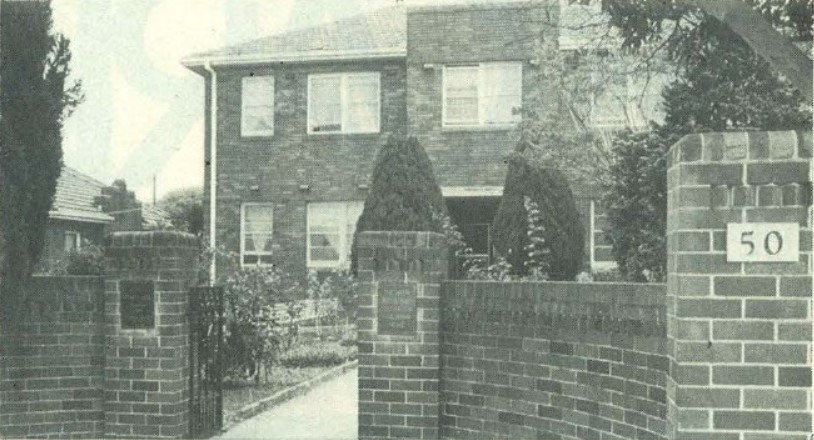
This is a photo of the Protestant Federation Children’s Home at Dulwich Hill, following the renovations to the home that occurred in the mid-1940s. It shows a large square-fronted brick building with formal front gardens, set behind a brick fence with the house number ’50’ visible. There are two plaques on the fence, on either…
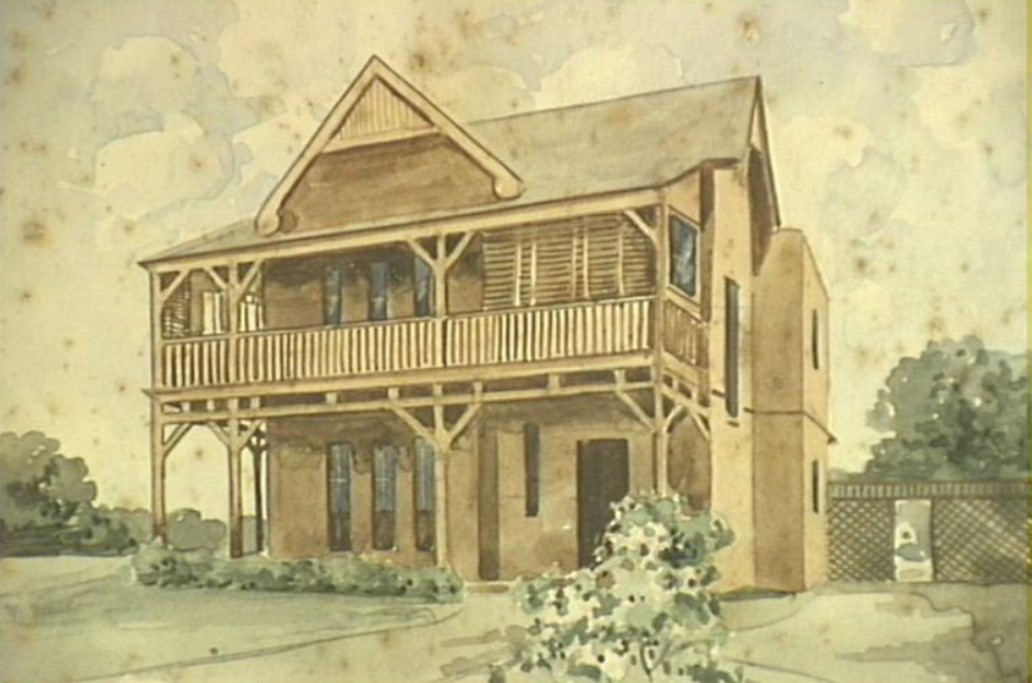
This is a watercolour painting of the building called “Tinonoe”, which housed the Protestant Federation Children’s Home at Dulwich Hill. It shoes a two-storey stone house with wooden upper balcony.
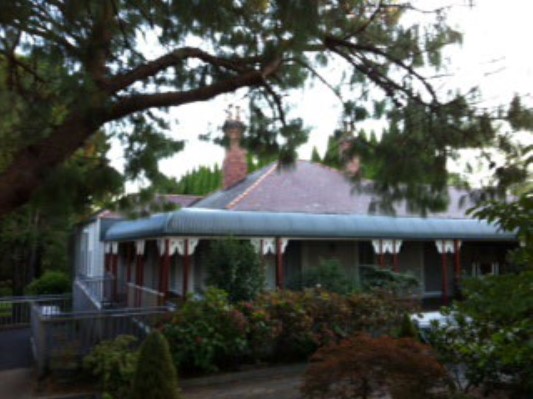
This is a photo showing the former Quipolli Girls Home at Leura. It shows a federation style single-storey cottage with wrap-around verandahs, a tin roof, and two chimneys surrounded by gardens. This photo is undated – the date included is an estimate.
Terrigal Holiday Home, also known as Spurway Holiday House, was a holiday home for boys from the Church of England Boys Home, Carlingford. The home at Terrigal (also sometimes referred to as Wamberal) was donated to the Boys Home in 1942. In 2022 the Home was still owned by the Church of England, however it…
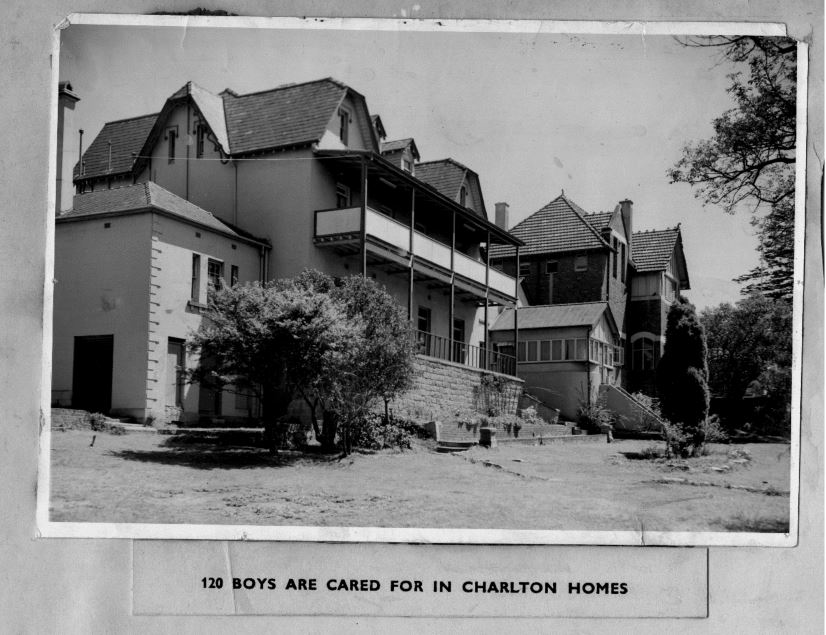
This is a photo of the Charlton Boys Home at Glebe. It shows two large two-storey houses next to each other. The caption published with the photos reads “120 boys are cared for in Charlton Homes”. This photo is undated – the date included is an estimate.

This is a photo of the Charlton Boys Home at Castle Hill. It shows a weatherboard house raised on stilts surrounded by bushland. Two people can be seen standing on the front verandah of the home, and two horses are grazing in front of it. This photo is undated – the date included is an…
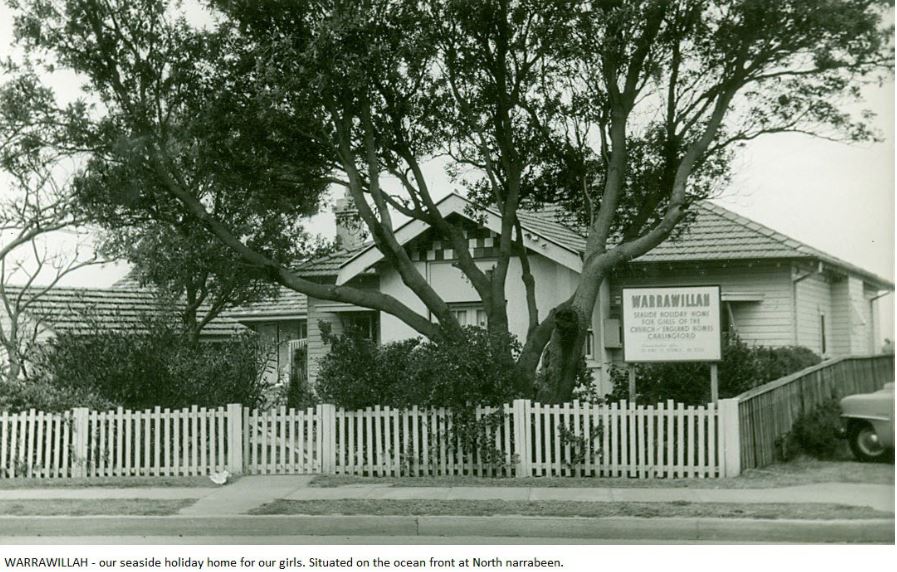
This is a photo of the Warrawillah seaside holiday home for girls run by the Church of England at Collaroy (also called Narrabeen). It shows a small weatherboard cottage behind a white wooden fence, with a large tree in the front yard. There is a sign in front of the house that reads “Warrawillah Seaside…